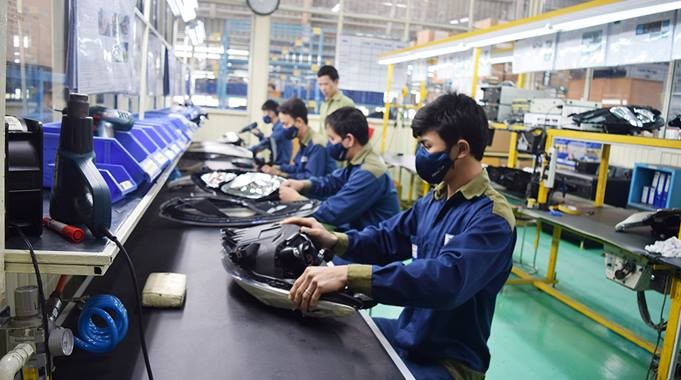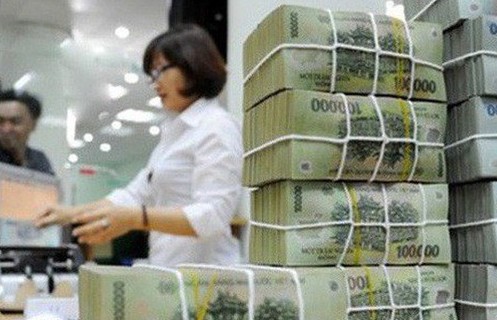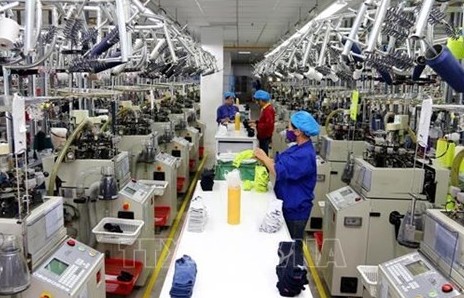Tax incentives are not a major driver of investment decisions
Harmful tax competition in East Asia and the Pacific has intensified in recent years as many developing countries in the region use tax incentives as a key tool to attract foreign direct investment (FDI). While advanced economies in the region, such as Australia, Japan, Hong Kong (China), and New Zealand, have little preferential use, developing economies have implemented numerous tax exemptions and remissions, negatively impacting their budgets.
 |
While efforts to draw FDI are understandable, numerous studies and surveys reveal that tax incentives are not the primary factor for businesses to decide where to locate their investments. According to the World Bank's Global Investment Competitiveness Report 2020, the key determinants of FDI are political and macroeconomic stability, the legal environment, and labor skills.
In East Asia and the Pacific, FDI policies have trumped efforts to reform tax incentives, resulting in significant budgetary losses. In fact, tax competition leads to a "race to the bottom," in which large investors can take advantage of cross-border competition to strike long-term tax-free deals. As a result, some countries in the region, including Cambodia, Indonesia, Fiji, Myanmar, and Papua New Guinea, have promoted tax incentives in recent years.
As a result, the region's CIT rate, or the ratio of effective CIT revenue calculated on GDP to the legal standard tax rate, falls to very low levels. CIT productivity reflects the overall effectiveness of the CIT system and is heavily influenced by profit-based preferential policies like tax exemptions and tax remissions.
| In 2019, the CIT rate in some countries such as Myanmar, the Philippines, and Papua New Guinea was around 10% or less, significantly lower than the average observed in East Asia and the Pacific (14.6%) or Europe and Central Asia (18.6%). |
Excessive tax incentives undermine the fairness and efficiency of the tax system, as well as Governments' ability to spend public funds on infrastructure and human resources to promote growth.
This is especially acute in developing East Asia and the Pacific, where the average tax-to-GDP ratio of 13.1% is significantly lower than the target high-income countries' average of 17.6%.
Potential benefits from global minimum taxation
This situation could change next year when the GMT takes effect in 2024. GMT does not require countries to levy a minimum CIT rate of 15%. The GMT regulation, on the other hand, encourages countries to raise the effective CIT rate to a minimum of 15%.
While countries are free to offer tax exemptions and corporate tax rates of less than 15%, as more countries internalize GMT regulations, countries that do not internalize GMT will cede taxation rights to investment-exporting countries or other countries where Multinational Enterprises (MNEs) have subsidiaries.
At the same time, MNEs no longer benefit from tax exemptions and remissions because one or more countries always levy additional taxes to raise the MNEs' effective tax rate to 15%.
Countries that do not adopt GMT, particularly developing countries with numerous tax incentives, may lose out when other countries implement domestic tax regulations that levy additional taxes on low-tax profits. Some countries in the region such as Australia, Japan, South Korea, Malaysia and New Zealand are stimulating their implementation.
| Two sets of global minimum tax rules The first rule allows countries where the taxable MNE parent company operates to levy an additional tax on the profits of any foreign subsidiary with an effective tax rate of less than 15%. If the country where the parent company is located chooses to levy a CIT rate lower than 15%, the second rule allows the country where the MNE's subsidiaries conduct business to be entitled to additional taxation on the 15% untaxed income. |
Countries should, at a minimum, assess the effective tax rates applicable to MNEs’businesses operating in their country that are affected by GMT. If the effective CIT rate is less than 15%, countries should consider levying additional domestic taxes to broaden the tax base.
Furthermore, it is essential for countries to consider reforming their tax incentives to align with GMT. Countries can go further by adopting an overall CIT policy that is compatible with GMT, while also making the CIT regime more appealing for investment and stimulating economic growth.
GMT allows developing countries in East Asia and the Pacific to increase their domestic revenue as part of a global effort to establish a minimum CIT rate. Countries in the region must seize this opportunity by leveraging GMT's global coordination mechanism to overcome harmful tax competition in the region and commit to stronger coordination in tax incentive reform./.




















































